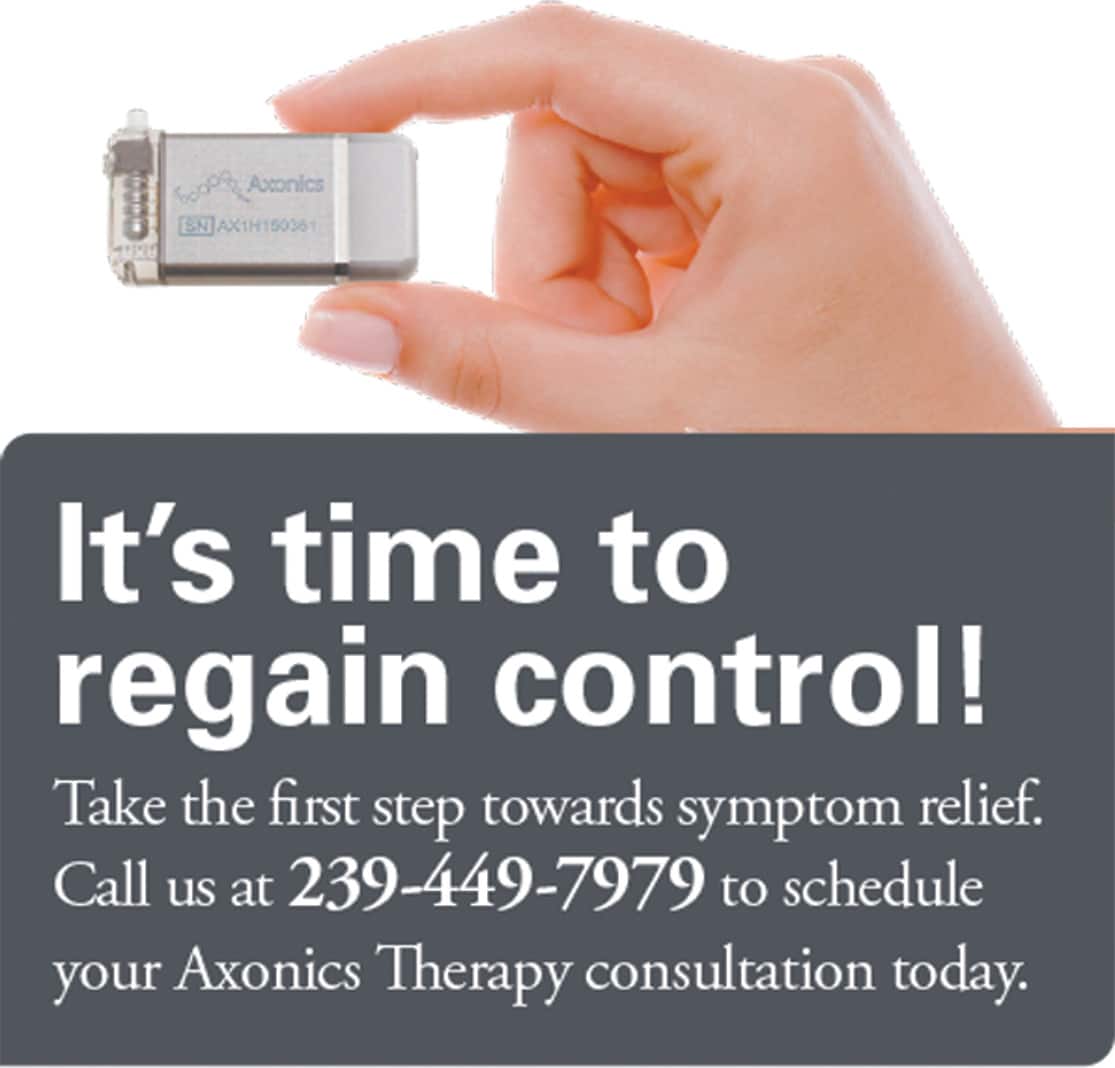Advanced Imaging of Port Charlotte –
Positron Emission Tomography (PET) is a powerful imaging technique that holds great promise in the diagnosis and treatment of many diseases, particularly cancer. A non-invasive test, PET scans accurately image the cellular activity of the human body. PET scanning provides a more complete picture, making it easier for your doctor to diagnose problems, determine the extent of disease, prescribe treatment and track progress.
What is a PET/CT scan?
Positron Emission Tomography (PET) and Computed Tomography (CT) scans are both standard imaging tools that physicians use to pinpoint disease states in the body. A PET scan images the cellular activity of the body at a very early stage, often before anatomical changes take place. The CT scan provides information about the body’s anatomy such as size, shape and location. By combining these two scanning technologies, a PET/CT scan enables physicians to more accurately diagnose and identify cancer, heart disease and brain disorders.
How does a PET scan differ from CT or MRI scans?
CT and MRI scans are anatomic imaging modalities, which means that they look at the size and shape of organs and body structures. A PET scan is a metabolic imaging modality, which means it looks at cellular activity. The information collected from a PET scan is different from any other test that is available.
Why is my doctor recommending a PET or PET/CT scan?
A single PET or PET/CT exam can provide information that once would have required several medical studies and possibly surgery. PET scans are most often used to help the physician detect cancer and monitor response to treatment. PET scans are also used to evaluate heart disease, neurological conditions and other physiological problems.
What are the benefits?
PET scans provide the physician with valuable information. For cancer patients it may help diagnose the extent of disease, guide the most effective therapy, and then help evaluate if the treatment is effective. PET scans aid in the diagnosis of heart disease and neurological diseases. This type of imaging can show changes much earlier than other imaging tests like CT or MRI.
Is PET safe?
The risks associated with a PET scan are very minimal. The quantity of radiation is low and the radiopharmaceutical degrades quickly so that no detectable radioactivity is present after several hours. In addition to the radioactive decomposition, the remaining radiopharmaceutical is eliminated from the body through urine. Family members are not at risk for exposure since most of the radioactivity has left the body or decomposed before the patient has left the center.
What should I expect?
If you are having a PET scan for an oncologic application you will usually be scheduled for your scan at Advanced Imaging. Upon arrival you will receive an injection of radioactive glucose, which will take approximately 60 minutes to distribute throughout your body. You will be asked to empty your bladder and then lie down on the scanner bed. The scan takes approximately 15-35 minutes, depending upon the type of scan you are having and the type of scanner being used. It is important that you lie still during this process. If you need pain medication please bring it with you. You should plan on being at Advanced Imaging for approximately 2 to 3 hours.
What is a radiopharmaceutical?
A radiopharmaceutical is a radioactive drug. The most commonly used PET radiopharmaceutical is a radioactive form of glucose (sugar). To begin the PET procedure, a small amount of glucose is injected into your bloodstream. There is no danger to you from this injection. Glucose is a common substance that every cell in your body needs in order to function. Diabetic patients do not need to worry; it would take 1,000,000 doses of this radiopharmaceutical to equal the glucose in 1 teaspoon of sugar. Radiopharmaceuticals must pass multiple quality control measures before it is used for any patient injection.
What happens after my scan?
Once the PET scan is complete, you will be able to leave the imaging facility. Make sure you drink plenty of water or other fluids throughout the day to help flush the FDG from your body.
Are there any potential side effects to a PET scan?
There are no side effects to having a PET scan. Make sure you drink plenty of water and check with your physician if you have any concerns.
When will I get my results?
The PET scan is interpreted by a trained nuclear medicine physician or radiologist and results are usually sent to the referring physician within 24-48 hours. You should contact your doctor to discuss the results.
How often should I have a PET scan?
If you are under a physician’s care, you should follow your physician’s recommendations for frequency of PET scans.
Are there alternatives to PET?
Yes and no. There are examinations that can be performed. However, there is no other metabolic (biological) scanning technique other than PET at this time. CT and MRI, for example, both examine the anatomical (physical) structure. Therefore, they can be useful in determining the size and location of a tumor. However, neither of them can determine whether a tumor is still metabolically active.
Is a PET scan painless?
The only pain involved is the needle prick when you receive the radiopharmaceutical injection, which does not differ from any other type of injection.
Does my insurance cover PET scans?
Many PET scans are covered by private insurance and Medicare; pre-authorization may be needed and is advised.
Advanced Imaging of Port Charlotte provides the highest standard of care available today. Our technologists are highly skilled and available to explain the exams and any concerns you may have. Advanced Imaging is open Monday thru Saturday from 7-7. Call 941-235-4646 for more information or you may review our website at www.advimaging.com.








